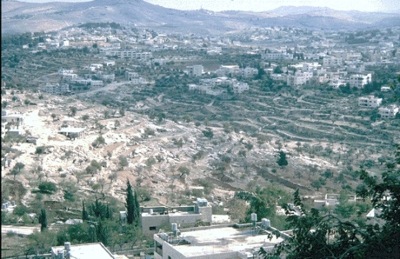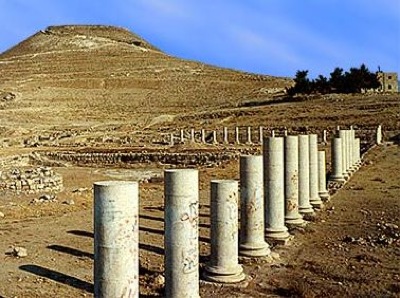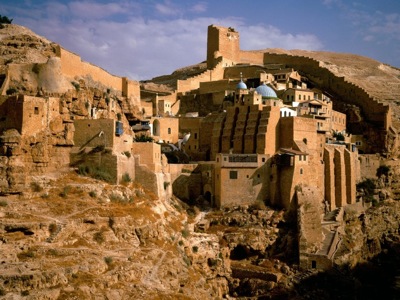Tour to Bethlehem City & Surroundings
Visit to Bethlehem City as well as its environs, including Mar Elias Monastery, Rachel’s Tomb, Shepherd’s Fields, Herodion, Solomon’s Pools, and Mar Saba.

Mar Elias Monastery
The Monastery on the Jerusalem-Bethlehem road, 5 km from Bethlehem, which was founded in the 6th century AD, was rebuilt after being destroyed by an earthquake in 1160 AD. It is believed to be the site where Elias rested on his flight from the Vengeance of Jezebel.

Rachel’s Tomb
Situated at the entrance to Bethlehem, the tomb is believed to be the site where Rachel is said to have died while giving birth to her son Benjamin while on the way to Ephrata (pre-Israelite name for Bethlehem). Jacob built a memorial over her grave. The present sanctuary and mosque were built during the Ottoman period.

Shepherds’ Field
One of the most sacred places to Christians, located in Beit Sahour, some 2 km east of Bethlehem. It is believed to be site where the Angel of the Lord is said to have appeared to the shepherds and informed them of Jesus’ birth. Five 2nd-7th Century churches are located here.

Herodion
Remains of a fortified palace built by Herod the Great some 6 km southeast of Bethlehem. The site also contains ruins of a Byzantine monastery and Herod was buried here.

Solomon’s Pool
Located 3 km south of Bethlehem, these are three large reservoirs with a holding capacity of some 0.34 million cubic meters and an Ottoman Fort (“Murad Castle”). One legend has it that this is the place where brothers of Joseph returned after they dropped him in the well. During the Ottoman period the pools collected the runoff water and were a major source for the residents in Bethlehem and Jerusalem. British Mandate authorities renovated the Pools in the 1920s.

Mar Saba
Greek Orthodox monastery, considered one of the world’s oldest still-inhabited monasteries. Established by and named after Saint Sabas (Mar Saba) in the 5th Century AD in the middle of the Judean desert, some 10 km east of Bethlehem. Women are not allowed to enter the Monastery. Its dramatic view is certainly a highlight of any trip in the area.
- Departure Time: 9.30 a.m.
- Length: full day
- Price: NIS 200